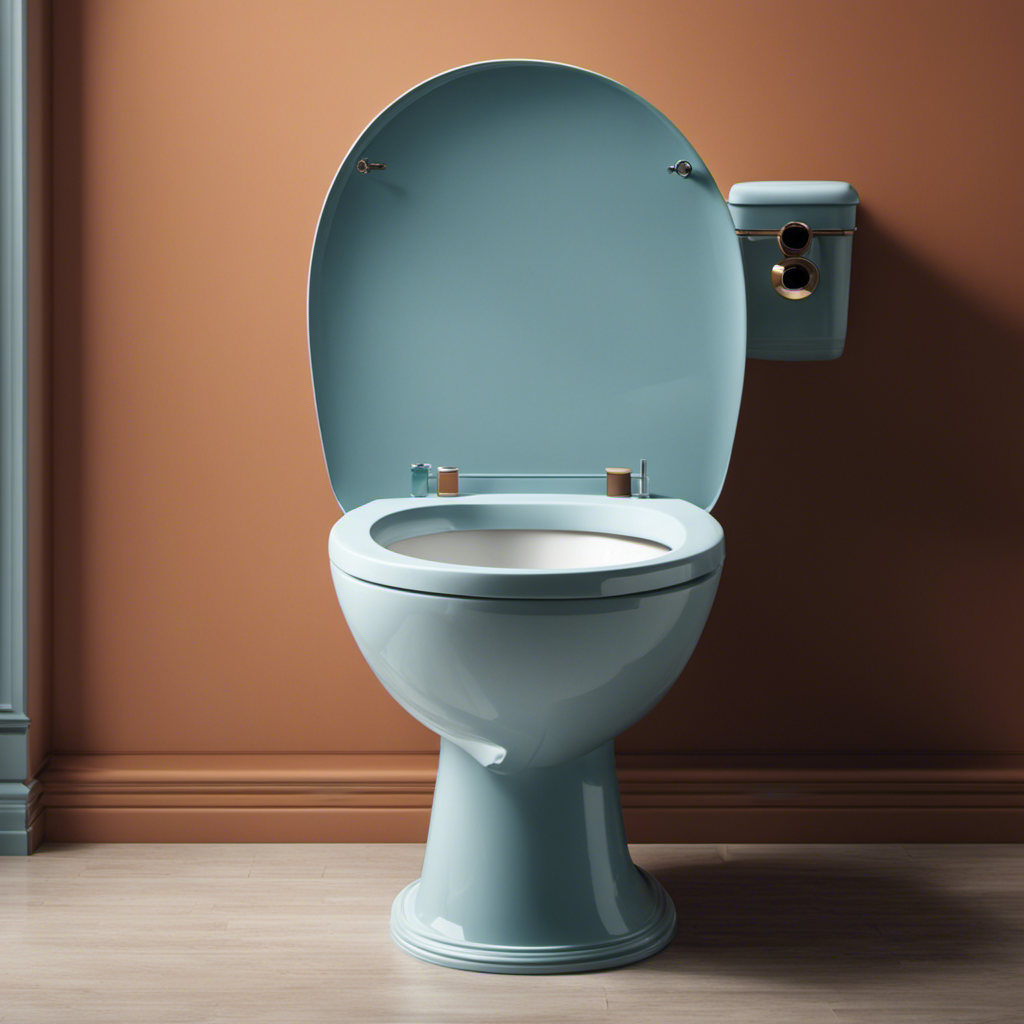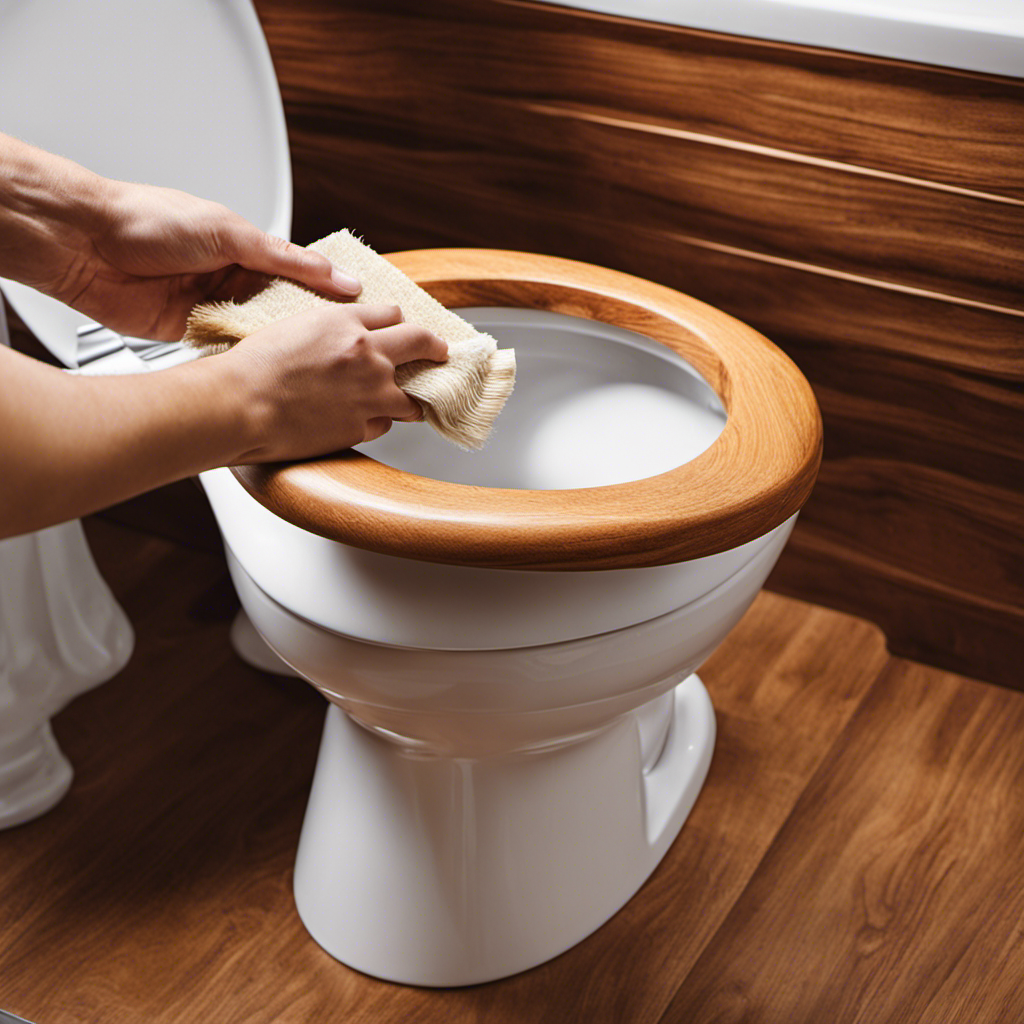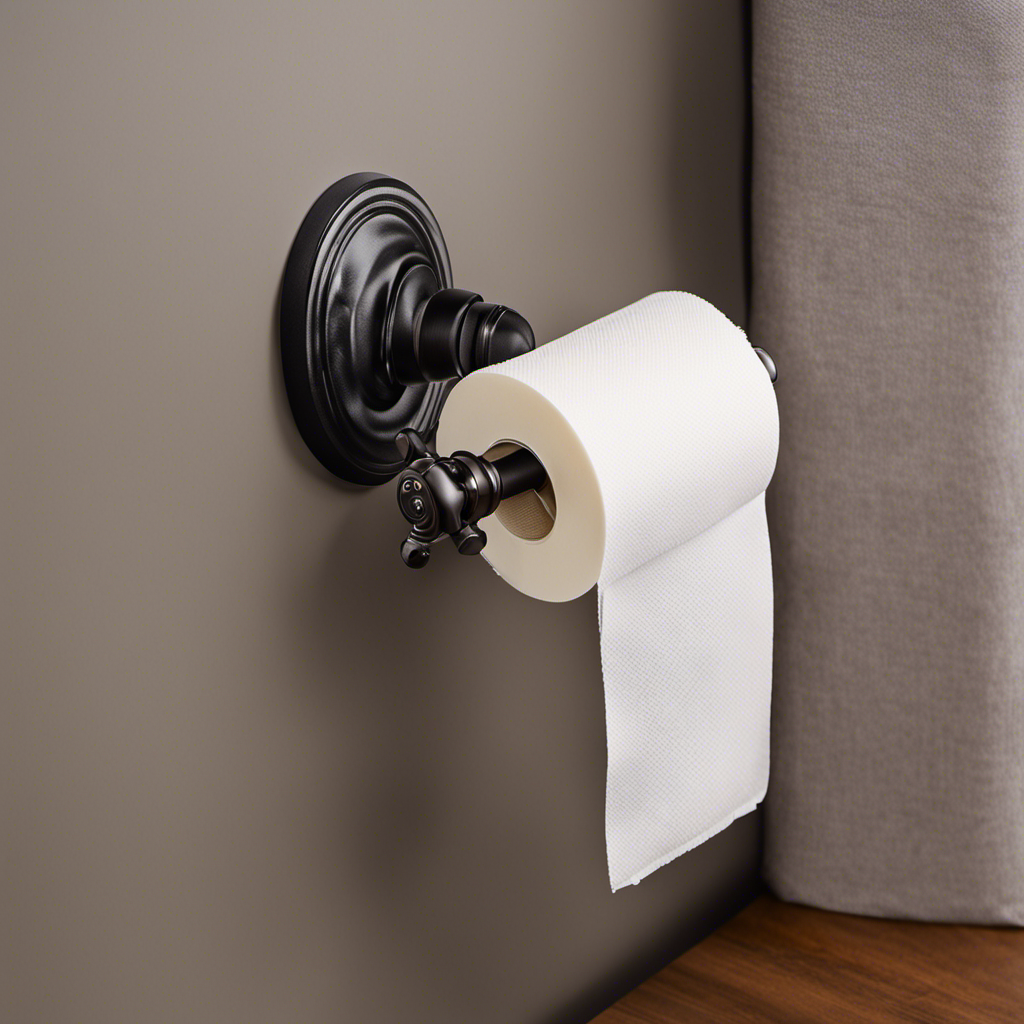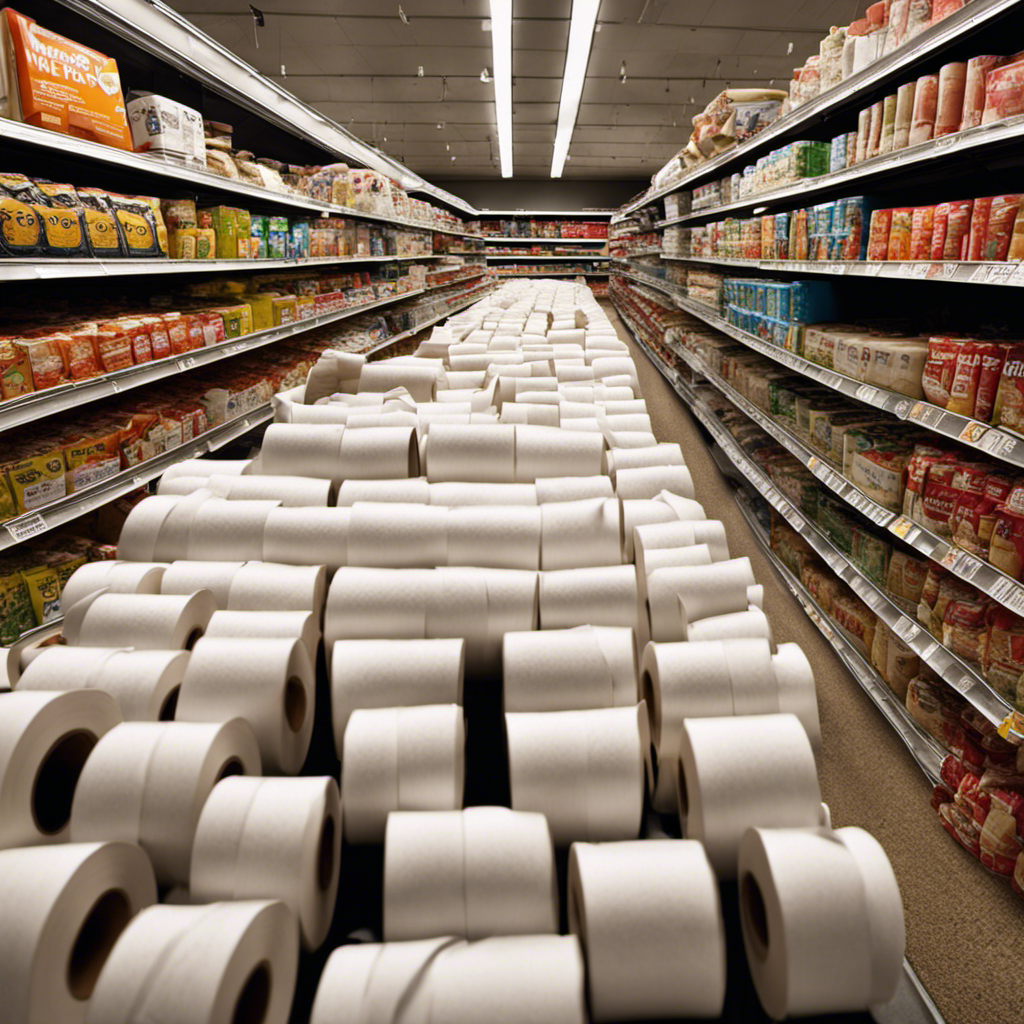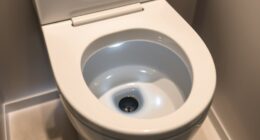Imagine standing beside a rushing river, watching gallons of water flow endlessly. Now, picture that same amount of water gushing down the drain every day, right in your own home.
That’s exactly what happens when a toilet runs incessantly. In this article, I will explore the impact of a running toilet on your water bill, the common causes of this issue, how to identify if your toilet is running excessively, and steps to fix it and reduce water waste.
Plus, I will share some valuable water conservation tips to prevent running toilets.
Key Takeaways
- Running toilets waste gallons of water daily.
- Common causes of running toilets can result in thousands of gallons wasted monthly.
- Identifying and promptly addressing running toilets conserves water and prevents damage.
- Fixing a running toilet can help save money on the water bill.
The Impact of a Running Toilet on Your Water Bill
Running toilets can have a significant impact on your water bill, so it’s important to address the issue as soon as possible. Not only can a running toilet waste gallons of water every day, but it can also lead to higher water bills and increased water consumption.
The cost of running toilets on the environment is also a concern. The constant flow of water can deplete water resources and put a strain on ecosystems.
Additionally, running toilets can pose potential health risks. Stagnant water in the toilet bowl can become a breeding ground for bacteria and mold, which can lead to unpleasant odors and even respiratory problems.
Common Causes of Running Toilets and Their Water Usage
Make sure you check for common causes of toilets that constantly run and how they can impact your water consumption. A running toilet can waste a significant amount of water, leading to higher water bills and potential damage to your plumbing system. Here are some common causes of running toilets and their water usage:
| Common Cause | Water Usage |
|---|---|
| Faulty Flapper | Can waste up to 200 gallons of water per day |
| Malfunctioning Fill Valve | Can waste up to 250 gallons of water per day |
| Leaking Overflow Tube | Can waste up to 600 gallons of water per day |
These common causes can result in thousands of gallons of water wasted in a month. Not only does this increase your water bill, but it also puts unnecessary strain on your plumbing system and can lead to expensive repairs. It is important to address these issues promptly to conserve water and prevent further damage.
How to Identify if Your Toilet Is Running Excessively
To determine if your toilet is running excessively, you can listen for any unusual sounds or check for any visible signs of water leakage. If you hear a constant hissing or running noise coming from your toilet, it is likely running excessively.
Another sign to look out for is if your toilet continues to fill up even after being flushed. This could indicate a faulty flapper valve or a problem with the fill valve.
Additionally, if you notice water pooling around the base of your toilet or any dampness on the floor, it could be a sign of a leak. In such cases, it is advisable to seek professional toilet repair services to fix the problem before it worsens and leads to water damage or high water bills.
Steps to Fix a Running Toilet and Reduce Water Waste
You can easily reduce water waste by fixing a constantly running toilet, which will help save money on your water bill. Here are four toilet repair techniques to troubleshoot running toilets:
-
Check the flapper valve: Lift the toilet tank lid and inspect the flapper valve. If it is worn or damaged, it may not be creating a proper seal, causing water to continuously flow into the toilet bowl.
-
Adjust the water level: Look for the water level adjustment screw or valve located on the fill valve assembly. Lowering the water level can prevent excessive filling and running.
-
Replace the fill valve: If the fill valve is faulty, it may not shut off properly, leading to a running toilet. Replace it with a new one for optimal performance.
-
Inspect the flush valve: The flush valve may be worn or corroded, preventing it from properly sealing. Replace it if necessary to stop water from continuously running.
Water Conservation Tips for Preventing Running Toilets
By properly maintaining your toilet, you can prevent unnecessary water leakage and save money on your utility bills. One of the most effective ways to conserve water is by fixing running toilets. A running toilet can waste up to 200 gallons of water per day, which can significantly increase your water bill.
To fix a running toilet, you can start by checking the flapper valve, fill valve, and overflow tube for any issues or leaks. Replacing these parts if necessary can help stop the constant flow of water.
Additionally, consider upgrading to water-saving toilets, which use less water for each flush. These toilets can save up to 16,000 gallons of water per year, reducing your water consumption and helping the environment.
Frequently Asked Questions
What Is the Average Amount of Water Wasted by a Running Toilet?
On average, a running toilet can waste a significant amount of water. This can have a major impact on water bills. It’s important to address this issue promptly to conserve water and save money.
Can a Running Toilet Cause Any Damage to the Plumbing System?
Yes, a running toilet can lead to water damage in the home. If homeowners suspect a running toilet, they should immediately check for leaks, replace faulty parts, or call a plumber for repairs to prevent further damage.
Are There Any Signs or Symptoms to Look Out for to Identify a Running Toilet?
There are signs to identify a running toilet, such as hearing water constantly running or noticing a rise in your water bill. If you need toilet repair services, common toilet problems can include a faulty fill valve or flapper.
How Much Money Can Be Saved by Fixing a Running Toilet?
Fixing a running toilet can save a significant amount of money. By detecting a running toilet without a water bill and taking preventive measures, I can ensure efficient water usage and avoid unnecessary expenses.
Are There Any DIY Methods to Fix a Running Toilet Before Calling a Plumber?
There are several DIY methods for fixing a running toilet before calling a plumber. It’s important to identify common causes such as a faulty flapper or a stuck fill valve. Properly addressing these issues can save water and money.
Conclusion
In conclusion, a running toilet can have a significant impact on your water bill and the environment.
It’s astonishing how much water can be wasted due to a simple toilet leak.
By addressing common causes of running toilets and promptly fixing them, you can reduce water waste and save money.
Remember, every drop counts in our efforts to conserve water and protect our planet.
So, let’s take action and ensure that our toilets are running efficiently, for the sake of our wallets and the world we live in.
